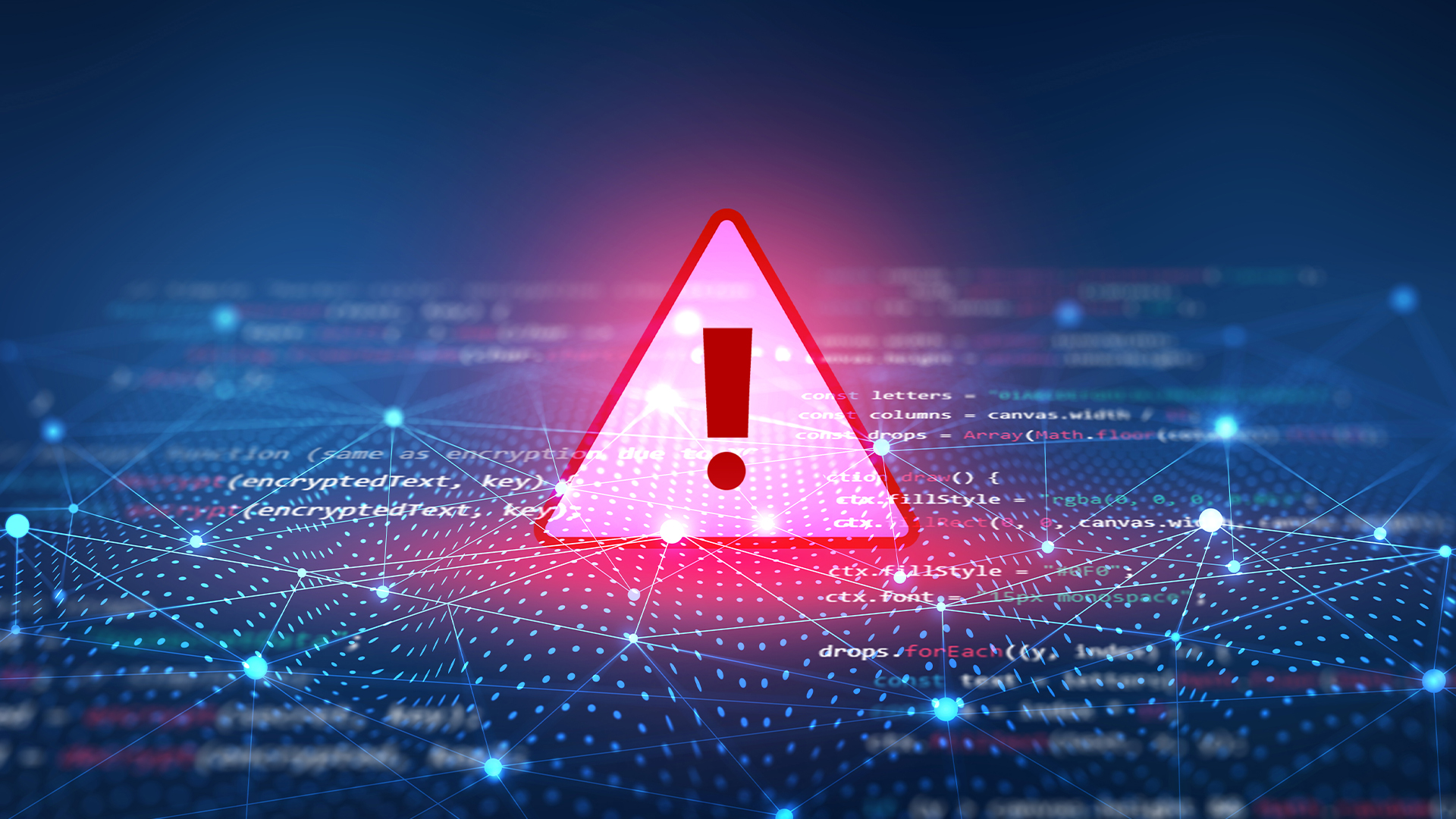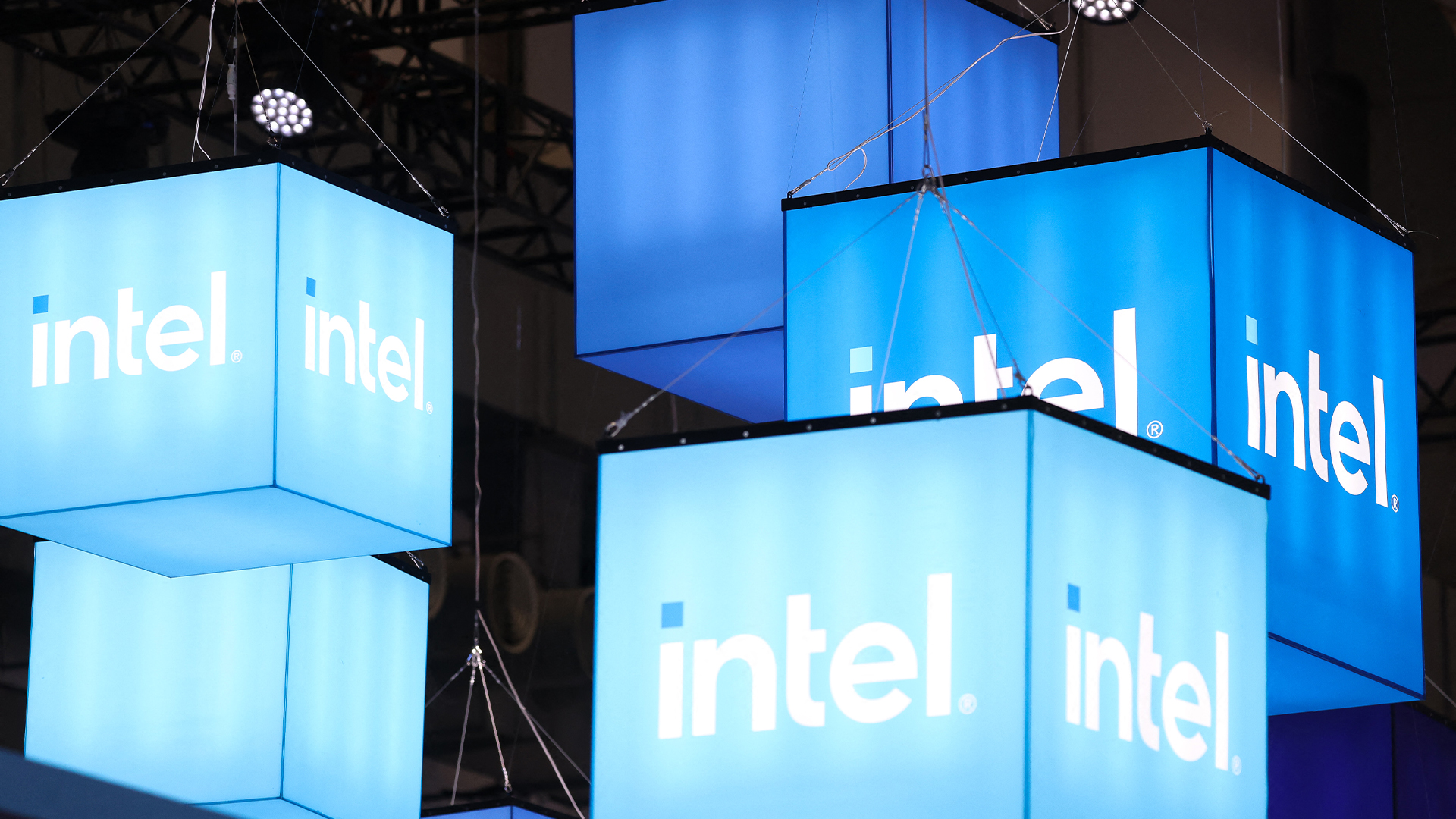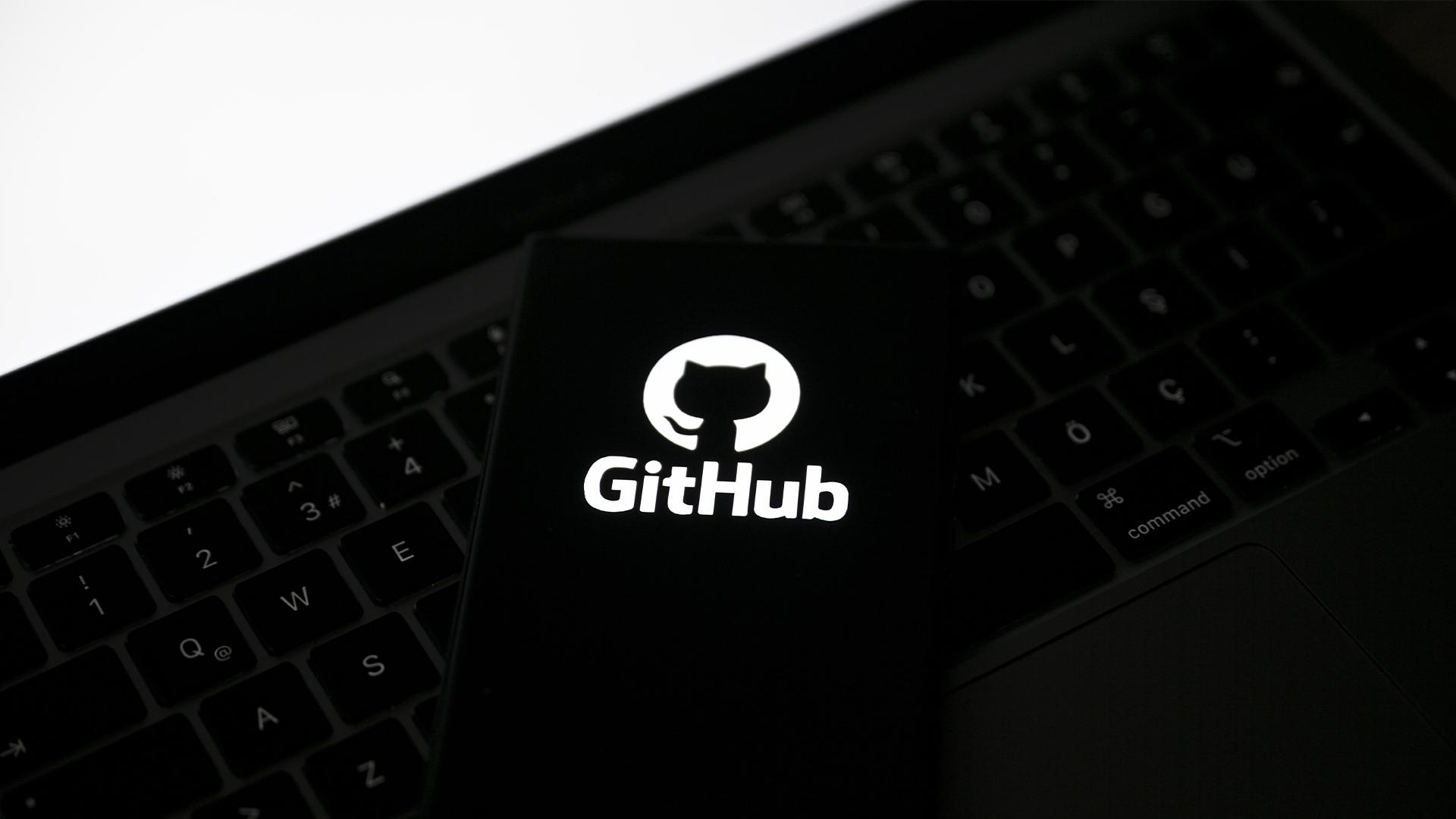Security experts claim the CVE Program isn’t up to scratch anymore — inaccurate scores and lengthy delays mean the system needs updated
CVE data is vital in combating emerging threats, yet inaccurate ratings and lengthy wait times are placing enterprises at risk


The world’s most widely used vulnerability index – the Common Vulnerabilities and Exposures (CVE) system – is failing, with scores often inaccurate and appearing too late.
According to research from DevSecOps firm Sonatype, of the 1,552 open source vulnerabilities disclosed in 2025, 64% lacked severity scores from the National Vulnerability Database (NVD).
Only 36% of open source CVEs had a CVSS score assigned by the NVD, while nearly half of all unscored vulnerabilities were rated ‘Critical’ or ‘High’ in severity.
Over this year, there's been a mean delay of more than six weeks between disclosure and NVD scoring, with some advisories taking up to 50 weeks.
This, researchers warned, is creating an operational bottleneck and placing enterprises globally at risk.
"In an era where exploit proofs-of-concept appear within hours and patches land within days, such lag times make 'official' data functionally irrelevant. By the time NVD assigns a score, attackers have already exploited and moved on," researchers noted.
CVE ratings are missing the mark
Meanwhile, Sonatype found the ratings themselves are often unreliable. Of the CVEs that were scored, fewer than one-in-five severity ratings were correct.
Sign up today and you will receive a free copy of our Future Focus 2025 report - the leading guidance on AI, cybersecurity and other IT challenges as per 700+ senior executives
In 62% of cases, the severity of NVD scores was overstated, while 34% understated it. On top of that, 19,945 false positives and 156,474 false negatives were identified across CVE records, thereby wasting developer time and obscuring real threats.
Of the CVEs that changed severity category after Sonatype analysis, 83% moved to a lower category.
“The CVE program was never built for the scale and speed of modern, component-based software development. That has been the case with open source, and is even more true with AI,” said Brian Fox, CTO and co-founder of Sonatype.
“Vulnerability intelligence must shift from indexing what someone assigned yesterday, to delivering real-time insight into what’s actually running in your environment.
“CVE remains a shared language — but it can’t be the full story anymore. We need intelligence that is dynamic: version-aware, ecosystem-aware and ready at machine-speed.”
CVE data is vital in combating cyber crime
CVE data is fundamental to the vast majority of cybersecurity decisions. But in 2024, between February and May, NVD simply stopped scoring most new CVEs as it awaited contract renewal.
By May, 93% of new vulnerabilities and 50.8% of known exploited vulnerabilities were still waiting on analysis, according to research from VulnCheck. Since then, Sonatype said NVD has failed to return to its earlier levels of research output.
The researchers note that both NVD and the Mitre Corporation have made improvements to the system over the last eighteen months – but more needs to be done.
"With the current MITRE–US government contract set to expire in March 2026, the coming year marks a pivotal moment to reassess how the CVE program operates — and whether its next phase will modernize to meet the realities of today’s software ecosystem," they noted.
"This is the window to ask harder questions, test alternatives, and ensure the next iteration of vulnerability intelligence serves defenders, not legacy processes."
Make sure to follow ITPro on Google News to keep tabs on all our latest news, analysis, and reviews.
MORE FROM ITPRO
- Threat actors are exploiting flaws more quickly – here's what business leaders should do
- Patch management vs vulnerability management
- AI-generated code is now the cause of one-in-five breaches
Emma Woollacott is a freelance journalist writing for publications including the BBC, Private Eye, Forbes, Raconteur and specialist technology titles.
-
 Gartner says 40% of enterprises will experience ‘shadow AI’ breaches by 2030
Gartner says 40% of enterprises will experience ‘shadow AI’ breaches by 2030News Staff need to be educated on the risks of shadow AI to prevent costly breaches
-
 Practical AI: does your business need a copilot?
Practical AI: does your business need a copilot?Case study Discover how companies like Balfour Beatty, Access Group, and CETfreedom are turning AI copilots into powerful partners that boost productivity, safety, and creativity
-
 The US, UK, and Australia just imposed sanctions on a Russian cyber crime group – 'we are exposing their dark networks and going after those responsible'
The US, UK, and Australia just imposed sanctions on a Russian cyber crime group – 'we are exposing their dark networks and going after those responsible'News Media Land offers 'bulletproof' hosting services used for ransomware and DDoS attacks around the world
-
 Thousands of ASUS routers are being hijacked in a state-sponsored cyber espionage campaign
Thousands of ASUS routers are being hijacked in a state-sponsored cyber espionage campaignNews Researchers believe that Operation WrtHug is being carried out by Chinese state-sponsored hackers
-
 IBM AIX users urged to patch immediately as researchers sound alarm on critical flaws
IBM AIX users urged to patch immediately as researchers sound alarm on critical flawsNews Network administrators should patch the four IBM AIX flaws as soon as possible
-
 Logitech says zero-day attack saw hackers copy 'certain data' from internal IT systems
Logitech says zero-day attack saw hackers copy 'certain data' from internal IT systemsNews The incident is believed to have formed part of a campaign by the Clop extortion group that targeted customers of Oracle’s E-Business Suite
-
 Google wants to take hackers to court
Google wants to take hackers to courtNews You don't have a package waiting for you, it's a scam – and Google is fighting back
-
 Laid off Intel engineer accused of stealing 18,000 files on the way out
Laid off Intel engineer accused of stealing 18,000 files on the way outNews Intel wants the files back, so it's filed a lawsuit claiming $250,000 in damages
-
 GitHub is awash with leaked AI company secrets – API keys, tokens, and credentials were all found out in the open
GitHub is awash with leaked AI company secrets – API keys, tokens, and credentials were all found out in the openNews Wiz research suggests AI leaders need to clean up their act when it comes to secrets leaking
-
 When cyber professionals go rogue: A former ‘ransomware negotiator’ has been charged amid claims they attacked and extorted businesses
When cyber professionals go rogue: A former ‘ransomware negotiator’ has been charged amid claims they attacked and extorted businessesNews The attackers are alleged to have demanded ransoms of up to $10 million
